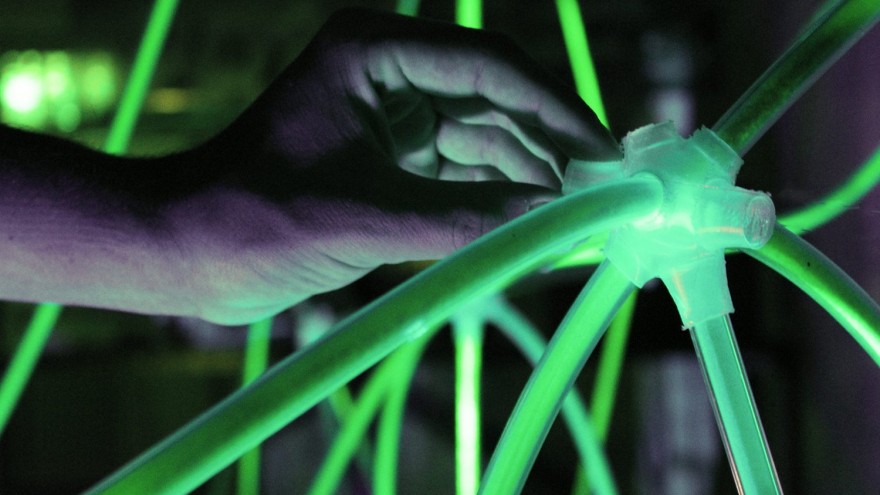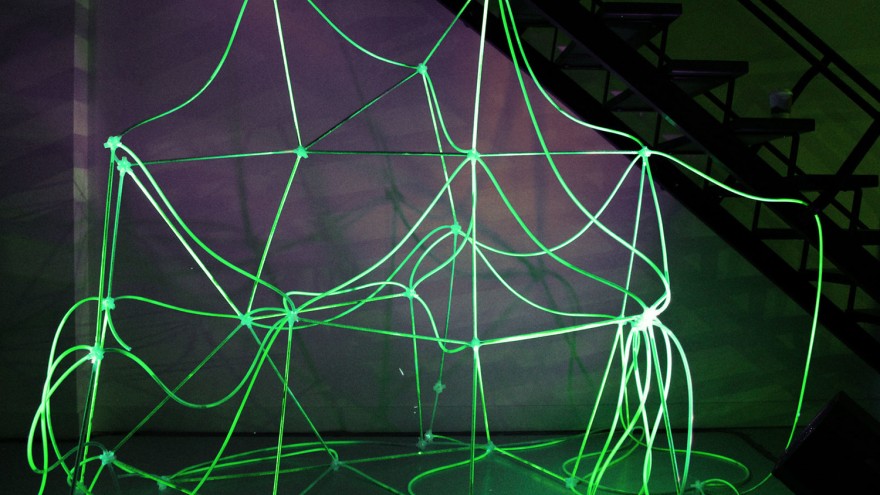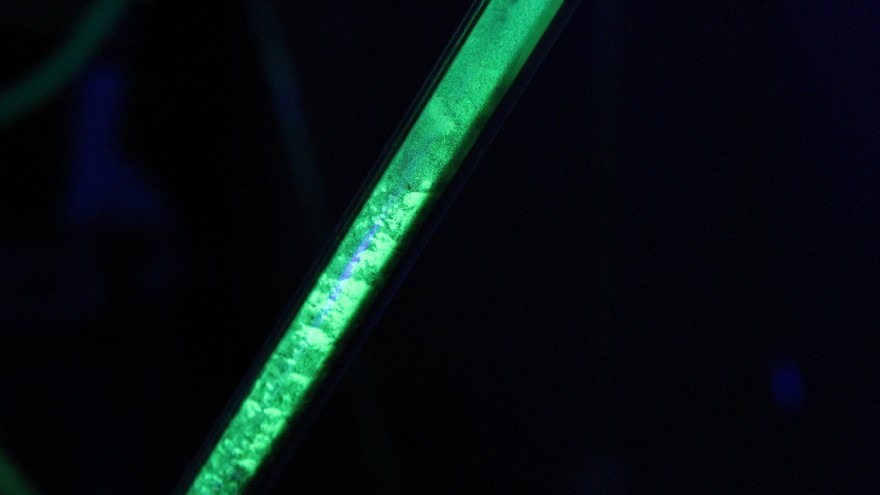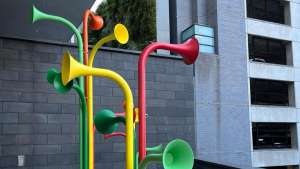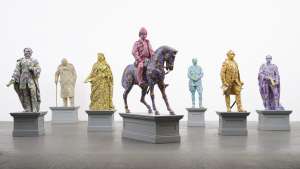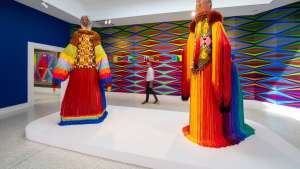In a world that is moving away from carbon-generated electricity, what will the lighting of our living spaces look like in the future? Alice Bonicelli, a post-graduate student of Piet Zwart Institute in the Netherlands, speculates on the future of the subject with Biolux. Her nature-inspired study on bioluminescence and her eponymous glowing installation attempt to blur the lines between matter, space and light.
Bonicelli’s idea to merge living organisms with lighting technology comes from an urge, as described in her Master thesis, to transgress the boundary between what is traditionally considered man-made technology and nature.
The project was developed in collaboration with the Department of Microbiology of the University of Utrecht. On the research, Bonicelli worked with Professor R.A. Ohm to ascertain which strain of fungus has the most potential to become a real source of light. Their investigation revealed the panellus stipticus mushroom, which Bonicelli hopes will power lighting systems in the near future with the help of her infrastructure of tubes.
The physical Biolux model consists of a network of PVC tubes filled with a mixture of water, sorghum, vermiculite (an insulating and expansive mineral), coffee grounds and the panellus stipticus mushroom. It creates a cocktail that glows in the dark under ultraviolet lamps but is still too weak to act as a competitive source of light on its own.
The installation’s arteries are connected with plastic joints to replicate the overall shape of a neuron cell under a microscope, ultimately resulting in a gently shining constellation of veins that, Bonicelli theorises, could one day be the source of illumination in our living spaces.

